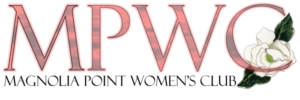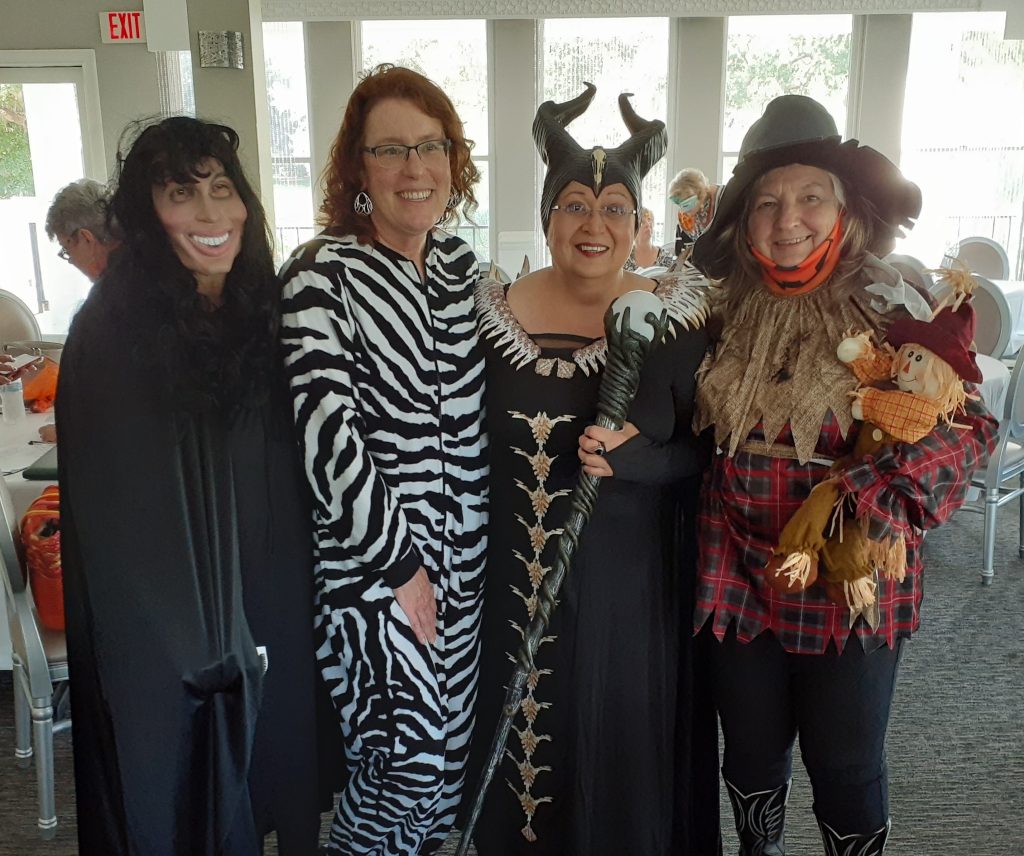Some of our members dressed in costumes representative of the spirit of the season. Below is some background on the holiday in the U.S. See if you think that the costumes actually reflect the true meaning of the holiday as it evolved over time.
Irish Celtic folklore said that on the night of October 31, the portal between the realm of the living and the dead opened, allowing lost souls to return to the human-occupied earth. Darker roots of Halloween have more to do with colonial power struggles and violence than with creepy creatures.
In American Colonial times, celebrations around the harvest emerged and became associated with Hallow’s Eve, likely as a result of the cultural exchanges between indigenous people and colonialists. Robert Burns wrote “Halloween”, a poem that described some of the holiday’s practices at the time and gave the holiday its name: ‘Hallow,’ which originally meant ‘saint,’ mixed with ‘een,’ an abbreviation of the word “eve” or night before.” Spanish Catholic conquistadores who came to America combined traces of local worship and culture with Catholicism, resulting in a fusion of indigenous practices with Catholic holidays. Figures like Santa Muerte (not recognized by the Catholic church) persist today. ‘Day of the Dead’ falls on the Catholic Holiday All Saints Day and looks quite different from Americanized Halloween.
Halloween then is a hybrid of mythologies and histories born of both resistance and oppression, joy and mourning, life and death. It’s origin story befits a holiday that celebrates the obscure and occult and the longevity and persistence of folklore, community, and identity.

